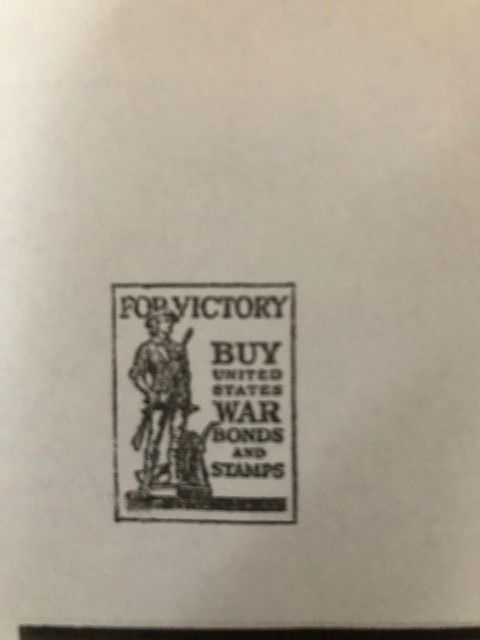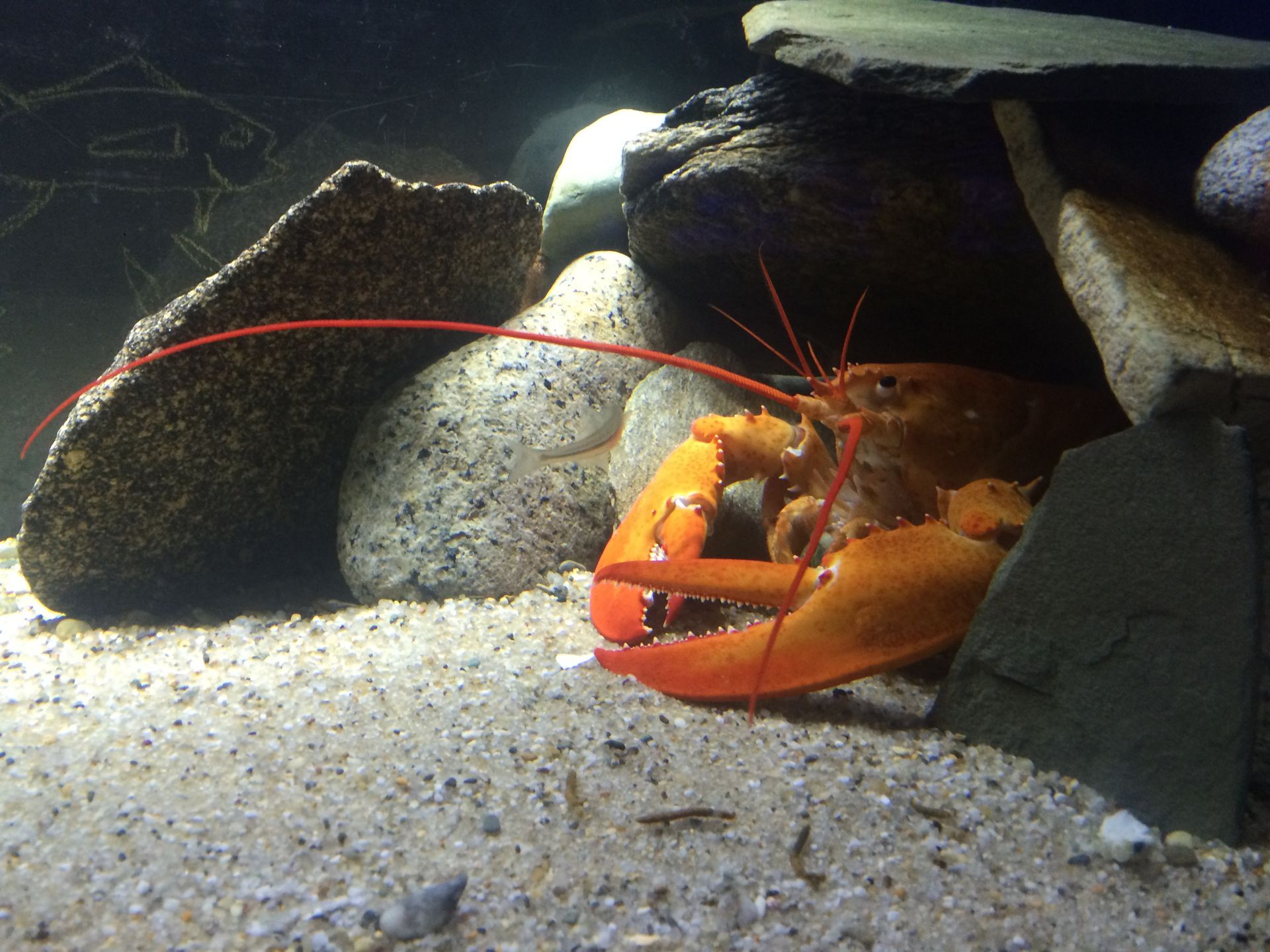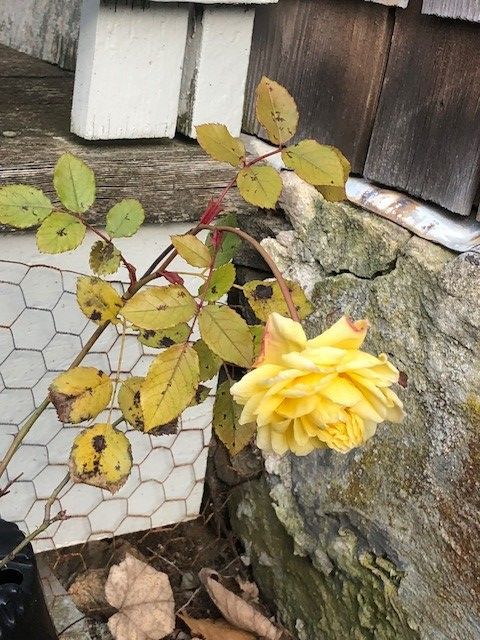The November Rose
Jascin Leonardo Finger • January 30, 2023
Recent Posts

A past blog that I forgot I had written when I came across the letter written about below. Once I realized I had already written a blog about it, I decided it was worth re-blogging. Over Christmas, a neighbor of my Mother’s gave her a copy of something she came across while cleaning things up in her house. She thought my Mother would enjoy it and by the same token, my Mother thought that I would. Her note with it stated it proved she was as, “old as dirt.” She isn’t old as dirt. Believe me. The letter she had copied was from the War Production Board and dated December 16, 1942. It was, “written at the request of President Roosevelt,” who wanted to thank this young girl for her donation of a rubber tire. This was not any old rubber tire you see. It was a pure rubber tire – very much needed for the war effort – from one of her toy airplanes and measured not more than half an inch or so in diameter. This young girl was distressed that everyone else, including in her family, was assisting in the war effort and that she wasn’t. So when she discovered the tire was rubber, she asked her mother to send it to Washington, DC. Which, obviously, her mother did do. What does this have to do with Maria Mitchell you wonder? Well, it makes me think of collections and saving things. You have your own collections and archives at home – your family papers and photographs, your books (aka special collection books). These are valuable to your family and its history. They help you see what and who came before you and how your family became a family. What they endured. How they got to where they did and how where they came from helped, in part, to get you to where you are today. And then, these papers and books are important for the larger community. We learn from our past and our collective past – and these items help us do that. Scores of researchers use Maria Mitchell’s papers and those of her family every year. Not everyone is doing research on the family – they can be doing research on astronomy or some science-related matter, someone whom Maria or her family knew. The possibilities are endless. So, from this little letter, I know a young girl in Connecticut contributed to the war effort and what she gave. I know that rubber (not that I didn’t already but you get the idea) was important to the war effort in some way. I also know that many people contributed to the war effort and this was just one simple way to do it. I know she had a toy that had rubber components. And as a young girl in 1942, she was playing with toy airplanes. And I know that the war effort was all consuming to the point that a small child wanted to make sure she found a way to help too while seeing her family members helping. Your paper is important. Always find a venue for these items if you no longer want them. They will help us to better understand our world – past and present. JNLF P.S. Remember that every donation, every gift to someone in need, matters. No matter how small it is – or you think it is.

Nov. 15, 1876. Congress. The Woman’s congress met in Philadelphia. The papers were numerous and excellent. Mrs. Howe’s on paternity the most successful. Grace Anne Lewis, ABB [Antoinette Brown Blackwell], Mrs. Diaz [Abby Morton Diaz], Mrs. Perus and others had very good papers. The newspaper treated us very well. The institutions opened their doors to us, the centennials gave us a reception. But – we didn’t have a good time! 1 st . The Hall was a very bad one to speak in, almost no one could be heard. 2 nd . The Women’s committee of Philadelphia led by Mrs. Bartol, attempted to control us . . . Several women protested via passed note to Maria Mitchell that they did not want to discuss suffrage for women at the Congress. Really? Why were they even there then? Apparently, they were afraid (I can see that). Ultimately, papers were presented and discussed concerning women’s suffrage. They even had people oppose the nomination of Julia Ward Howe as President. A small group of women offered up other nominations with one finally saying that the new president needed to be from the west, implying there was too much northeast representation on the board. Maria was not pleased in the least. Ultimately, Julia Ward Howe became President. JNLF

Clementine has finally molted! We at the MMA have been awaiting this for quite some time so I decided to re-post an old blog about Clementine. Well, not quite. But, part of my job is to also take care of all of the MMA properties. So, I headed over to check on one and what cleaning supplies are needed for the summer and for our staff spring clean-up of the site. In one room, some of the animals from the Aquarium over-winter. One of those is “our” lobster, Clementine, so-called because she is orange in color. (Orange lobsters are five times rarer than blue lobsters and only one in ten million lobsters are orange.) She is fairly active and though the hope is that she “sleeps” a bit for the winter, she doesn’t seem to. So, enter curator into room who glances over and hopes the lobster does not “run” to the side of the tank asking to be fed. Yes, she really does that – she has gotten used to people. I always hate it because I feel guilty – I do not feed her because that falls to the Natural Science Department and I do not want to hurt her or her schedule in any way. In any case, “Whew!” She actually seemed quiet at the back of the tank. Maybe she was “sleeping.” I kept moving to the next room and glanced back. Low and behold, she was at the front of the tank waving her claws! Seriously? So I kept moving on – after telling her, “I can’t feed you,” – and she went to the back of the tank again! Another, “Whew!” I decided to text Emily, our Director of Natural Science (at that time), and relay what happened. I get a text back. “You can feed her if you want.” “Really?” I texted back. “What do I give her?” So, Clementine then ran back to the front of the tank when she saw me opening the freezer and taking out the mussels and a shrimp. I got another text from Emily: “Use the forceps to hand them to her.” Well, I wasn’t about to put my hand in there! So, I get the shrimp, put it in the forceps, open the top of the tank and start to put my hand down, and INSTANTLY two HUGE lobster claws come out of the tank and grab not the shrimp but the forceps! I wish I had a picture. I was afraid she was going to take the forceps. And then, I was afraid my hand was going to be her lunch. I could not get her to release the forceps – it was a battle royale though the battle was more on her part because I was afraid I would break her claw! After some twisting of the forceps and tugging, she finally relented, took the shrimp, and began her lunch. Another, “Whew!” I was afraid I was either going to hurt her or I was going to be explaining to my three-year old what happened to Mommy’s hand at work. Veuve Clicquot with that, Clementine? Apparently, someone else knew what transpired with the lobster. As I left the building, a male mallard duck was paddling around in the rather large puddle – if you can call it that – located on the property. We have recently had a large amount of rain. He was laughing (I mean quacking) at me. In all seriousness, I have never met a lobster with so much personality. Yes, personality. Clementine may just have changed my tune on lobster rolls. JNLF


